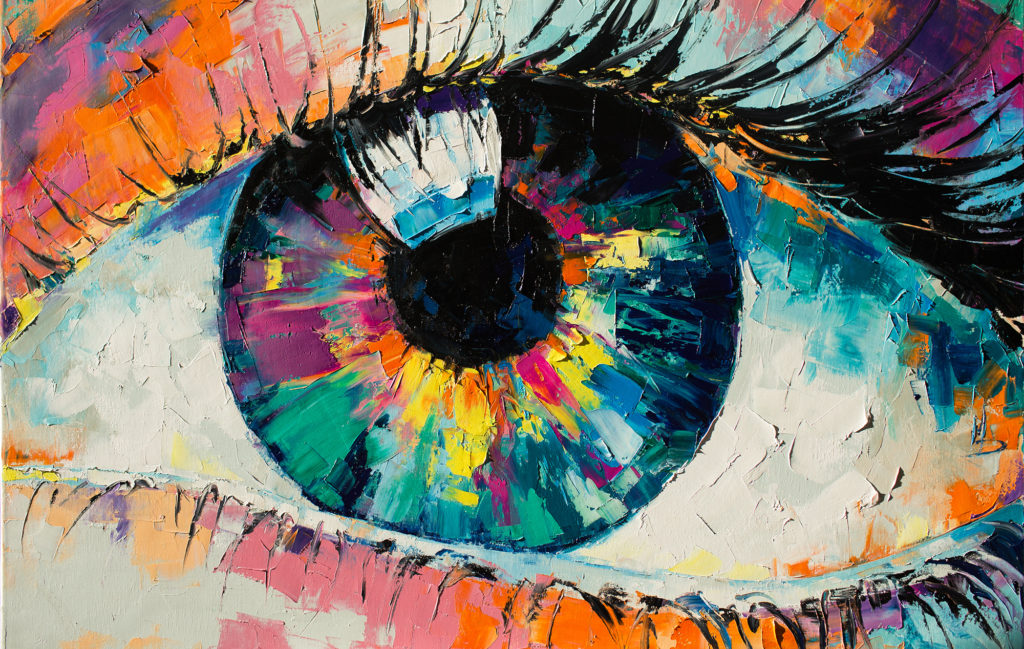The Function of Trump Art in Shaping Social Conversations Around Management
The Function of Trump Art in Shaping Social Conversations Around Management
Blog Article
Digging Into the Diverse Globe of Artistic Expression: From Surrealism to Abstract Realistic Look
In the world of artistic expression, from the dreamlike landscapes of surrealism to the complex play of light and form in abstract realism, artists have constantly pressed the limits of imagination and creative imagination. Each movement holds a distinct lens where the world is seen and translated, providing a look into the depths of human feeling, perception, and assumed. As we explore the diverse world of art, we exist with a tapestry of designs, strategies, and approaches that test our understanding and prompt consideration. The journey via these diverse types of creative expression assures to unwind a rich tapestry of visual storytelling and intellectual inquiry that mesmerizes the mind and mixes the soul.
Surrealism: Unleashing the Subconscious
Surrealism, a progressive imaginative activity of the 20th century, delved into the depths of the subconscious, introducing a globe of dream-like imagery and unique juxtapositions. Led by musicians like Salvador Dali, René Magritte, and Joan Miró, Surrealism looked for to challenge the traditional means of recognizing and seeing art. With techniques such as automatism and desire evaluation, Surrealist musicians aimed to take advantage of the subconscious mind to disclose surprise realities and wishes.
One of the crucial components of Surrealism was the emphasis on the irrational and the incredible. By integrating unexpected elements in their works, Surrealist musicians aimed to produce a sense of disorientation and surprise in the audience. This disturbance of reasoning and factor was suggested to prompt a much deeper expedition of the subconscious and the mysteries of the human subconscious.
Abstract Realistic Look: Redefining Perception
Challenging conventional artistic borders, Abstract Realistic look redefines understanding with the fusion of recognizable aspects with abstract forms. This ingenious strategy to art incorporates the representational precision of realism with the imaginative liberty of abstraction, supplying visitors a distinct visual experience that motivates them to examine their assumption of fact.
In Abstract Realism, artists aim to record the essence of their topics while likewise instilling their deal with a feeling of depth and intricacy with abstract components. By blending the knowledgeable about the unfamiliar, these musicians invite audiences to involve with their items on several degrees, encouraging them to explore the nuances of kind, appearance, and shade.

Cubism: Breaking Up Reality
Utilizing fragmented point of views and geometric kinds, Cubism reinvented the creative representation of truth in the early 20th century. This technique not only deconstructed reality however also emphasized the flatness of the canvas, leading the way for future abstract art motions.

Cubism can be classified into two main phases: Analytical Cubism, defined by monochromatic color systems and elaborate, fragmented kinds; and Artificial Cubism, which incorporated collage aspects and brighter colors right into the make-ups. Through these unique stages, Cubism influenced not only painting but additionally sculpture, layout, and design. trump art. Its effect reverberated across the art globe, inspiring artists to explore brand-new ways of interpreting and representing the world around them
Expressionism: Feelings on Canvas
Checking out the depths of human emotions through brilliant and meaningful brushstrokes, Expressionism emerged as a profound imaginative activity in the very early 20th century. Unlike previous art movements that focused on portraying the outside world, Expressionism looked into the inner realm of the musician's psyche, aiming to stimulate raw emotions and provoke natural feedbacks from audiences.
Expressionist artists, such as Edvard Munch, Egon Schiele, and Emil Nolde, rejected standard ideas of beauty and realistic look for distorting kind link and color to share subjective sensations. Using exaggerated brushwork, vibrant shades, and distorted figures helped develop a sense of anxiousness, alienation, or enthusiasm in their works.
One of one of the most well-known instances of Expressionism is Munch's "The Scream," which records the intense anxiety and misery of modern life through its swirling, distorted figure against a blood-red sky. With their mentally charged jobs, Expressionist musicians sought to challenge standard artistic norms and provide a home window into the stormy midsts of the human heart.
Contemporary Art: Developing Viewpoints

One of the defining attributes of modern art is its continuous development and capacity to adapt to altering social landscapes. Musicians are progressively incorporating innovation into their technique, obscuring the lines in between the physical and electronic worlds. This combination of tools enables innovative means of storytelling and engaging with target markets in a much more interactive manner.
Moreover, modern art typically serves as a platform for social commentary, addressing pressing concerns such as discover this identification, politics, and the environment. Musicians are using their job to provoke and trigger vital conversations thought, clarifying the intricacies of the globe we live in. As viewpoints continue to develop, modern art continues to be a significant and dynamic pressure in forming our social landscape.
Verdict
In verdict, the world of creative expression encompasses a large range of designs and activities, each with its own unique method to communicating significance and emotion. From surrealism's exploration of the subconscious to abstract realistic look's redefining of perception, and from cubism's fragmentation of truth to expressionism's representation of feelings, art remains to develop and challenge perspectives - trump art. Contemporary art mirrors the ever-changing world we stay in, providing new methods to interpret and understand the intricacies of our reality
As we discover the multifaceted world of art, we are provided with a tapestry of designs, methods, and philosophies that test our understanding and provoke reflection. Its influence reverberated across the art world, inspiring musicians to discover brand-new ways of standing for the world and analyzing around them.

Report this page